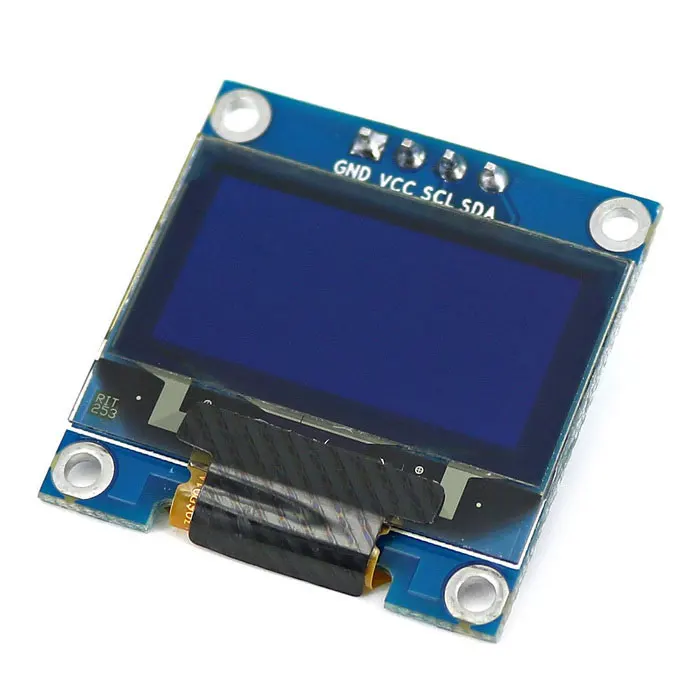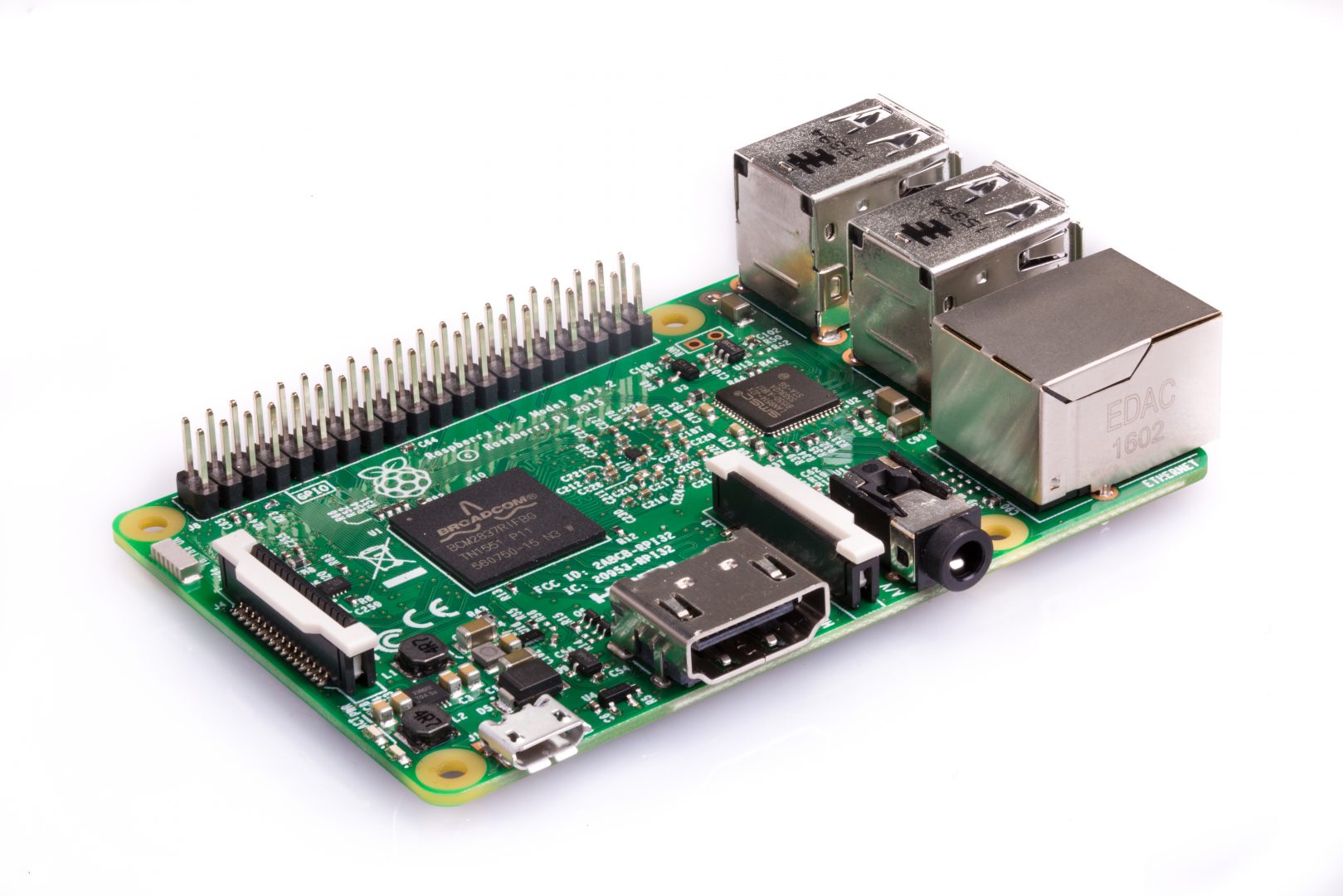K. Last time, I was a bit too ambitious. A bit too ahead of myself. This time, we'll just make it a single-stage coilgun. One coil. One firing circuit. Less capacitors. Instead, Let's make it a semi-automatic coilgun. Yeah. Compensation for the lack of stages. I guess it's going to be like a pistol? With one coil, I guess the barrel won't have to be long.
The Magazine -- Thinking about Stuff
So, if this was going to be a semi-auto, it had to have a reloading system. At first, I thought of using the mechanisms of actual firearms. Two problems with this one.
First, some mechanisms used the blowback from the bullet to eject the casing and pull the next bullet into the chamber. These mechanisms, although very cool, won't suit my design because a).I can't make parts that precise, and b).coilgun projectiles don't have blowback. They are just metal pieces.
Second, I was going to use nails as projectiles. NAILS. nails, unlike bullets, have HEADS. (Wait, is there a part of a bullet called a head?) Nail heads are thicker than the shaft, and they are at the back of the whole nail. So, I couldn't just copy a real gun and call it a day.
Spent some time doing useless stuff.
So, I had to either modify a existing mechanism, or come up with a entirely new one. I chose the first option, obviously.
After countless hours of googling,drawing, simulating, lofi hip hop radio - beats to relax/study to, and vocaloid songs, I came up with a revolver-like design. I also came up with a helical style magazine that could hold more than 6 rounds, but since the gun was going to be a pistol, and the fabrication of a large helical mag was going to be trouble, I just went with the 6-shot cylinder.
The MagazineCylinder -- Design & Operation
The cylinder is a 6-shot cylinder. It holds 6 nails.(Duh) Since it shot nails, I couldn't reload it from the back, and had to reload it from the front. And since I didn't have a nifty way of removing the cylinder without taking everything apart, this gun would be a muzzle loader. Yes, you read that right, this is a muzzle loaded revolver pistol. However, it meant that I could stick stuff on the back of the cylinder without worrying much about reloading. The revolver needed "accurate" positioning of the cylinder and the barrel. They need to line up in order for the nails to go pew pew(or flop). The cylinder also needs to rotate. So, I stuck a geneva mechanism on the back of the cylinder. What is a geneva mechanism you ask? It converts a constant rotary motion into a non-continuous rotary motion. and it's COOL. google it. you won't regret it. there is an animation gif on wikipedia. it's one of those satisfying machines that you could watch for days.
The front and back of the cylinder. A shaft and a 604 bearing goes in the middle. Nails go in the 6 holes. On the back, there is a geneva driven.
And here is the drive. The small hole on the right is where a long m3 bolt(like 20mm? IDK) goes in. The centre hole is where a screw goes in. The screw holds the drive to the motor. The motor is a generic DC motor in a servo casing.(Or a 360 continuous rotation servo). The servo-drive setup sits in a mount that looks like
This, and the whole thing bolts on to a mainframe that looks like
This, so the whole final assembly looks like
This. Once again, the whole thing is going to be 3D-Printed.
The Cylinder and Mainframe
AAAAAAWWWWWW YYYYIISSSSSSSSS!!!!
I had to figure out the spacing and stuff so everything would spin well. I did design in clearances and tolerances, but since the printer itself has many problems, I still needed lots of sanding and washers.
Here's a video of it spinnin'
Here's a video of it working as a nail holding contraption.
IT WORKS!!!! FUCK YEAH! AAAAWWWWW YISSSSSSSSSSSS!!!!
It took a lot of finishing to get it working smoothly, but it was totally worth it.
For some reason, if you want to try and recreate this, here's the link. Instructions are there on the page.












































